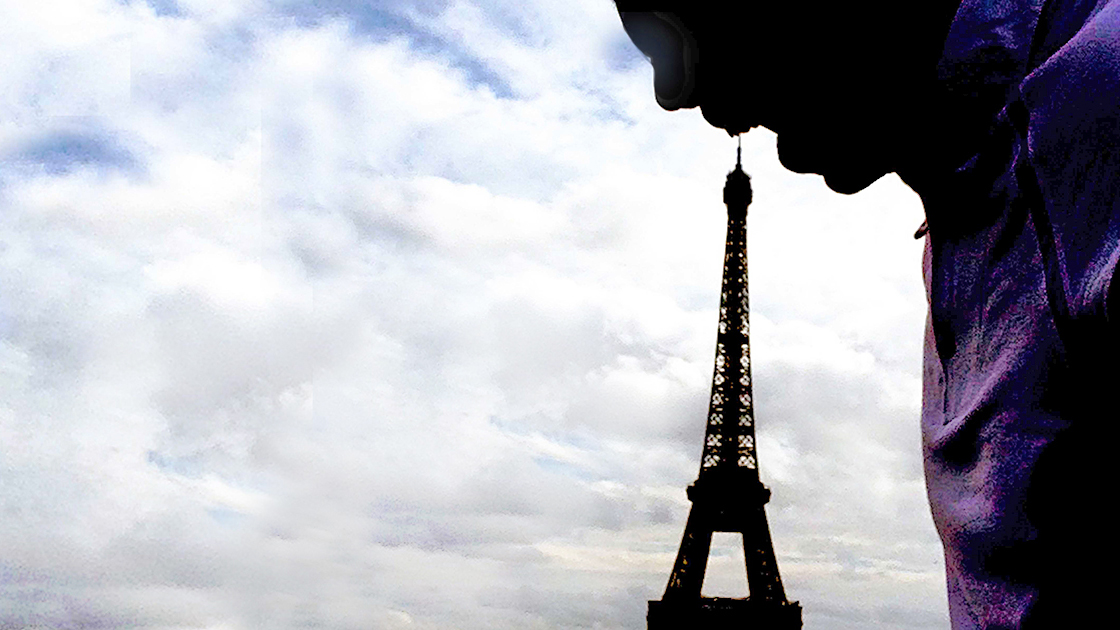In a groundbreaking effort to restore the Philippine Eagle population in Leyte, conservationists, community members, government officials, and private partners gathered on March 21, 2025, at the DENR Mahagnao Ecolodge for the official turn-over ceremony of the Philippine Eagles to DENR Region 8 as part of the Philippine Eagle Species Reintroduction Program for 2025. The date also coincides with the celebration of the Internation Day of Forest. This initiative is part of a multi-year conservation translocation effort led by the Philippine Eagle Foundation (PEF) and the Department of Environment and Natural Resources (DENR), aiming to establish a new breeding population of the critically endangered raptor in Leyte’s forests.
Leyte was once home to the Great Philippine Eagle (Pithecophaga jefferyi), but sightings became increasingly rare, and none have been recorded since the devastation of Super Typhoon Yolanda in 2013. Studies suggest that the species was extirpated from the island due to prolonged human persecution and habitat loss. However, with 91,000 hectares of intact forest still available in the Anonang Lobi Range and Mt. Nacolod, The PEF and DENR identified Leyte as an ideal site for reintroduction.
To rebuild the population, three rehabilitated eagles from Mindanao—Lakpue, Lyra Sinabadan, and Kalatungan 1—were translocated and prepared for their eventual release. These birds were selected based on their health, survival potential, and genetic viability, following months of conditioning at the Philippine Eagle Center in Davao City. Their release follows the successful reintroduction of Carlito, a female eagle released in 2024, who has since established a territory within the Anonang - Lobi Mountain Range.
Hon. Raissa Villasin, Board Member of Leyte’s 2nd District, welcomed the guests and highlighted the significance of this initiative in restoring Leyte’s ecological balance. She emphasized that bringing the Philippine Eagle back to the island is not just a conservation effort but a powerful statement of resilience and hope. She called on local communities to take pride in this historic reintroduction and actively participate in ensuring the eagles' safety and survival.
Mr. Arturo N. Salazar, Regional Executive Director of the Department of Environment and Natural Resources (DENR) Region 8 underscored the critical role of habitat protection in making the reintroduction successful. He noted that while releasing the eagles is a significant milestone, sustaining their population in the wild depends on maintaining the integrity of Leyte’s forests. He urged local communities, policymakers, and conservation groups to work together to protect natural habitats from deforestation and other environmental threats.
Forester Victor Billiones, Assistant Regional Executive Director of DENR Region 11, took reference from the case of Uswag to enhance methodologies and strengthen partnerships to ensure the birds’ survival in the island of Leyte. He reaffirmed the commitment of DENR Region 11 and of their counterpart in Leyte in supporting the Philippine Eagle Species Reintroduction Program.
Representing the private sector’s commitment to conservation, Mr. Raoul E. Littaua, President & CEO of Insular Life and Trustee of the Philippine Eagle Foundation (PEF), reinforced the idea that conservation requires long-term partnerships and shared responsibility. He stressed that corporate support plays a vital role in ensuring the success of initiatives like this and that Insular Life remains dedicated to investing in programs that secure the future of Philippine wildlife.
Dr. Antonette Sia, Brand Supervisor of Lakpue Drug, Inc. and adopter of Philippine Eagle Lakpue, spoke about the importance of direct involvement in conservation efforts. He shared how Lakpue Drug, Inc. has committed to continue their support to Philippine Eagle conservation through their remaining adoption of Philippine Eagle LDI – an education ambassador at the Philippine Eagle Center.
Local government representatives, including Hon. Vincent Enerlan of Burauen, Hon. Froilan Pundavela of La Paz, and Hon. Norly Manza of MacArthur, expressed their unwavering support for the initiative. They acknowledged the Philippine Eagle as an ecological treasure generations will continue to witness its presence in their local landscapes.
A symbolic ceremonial turnover of Philippine Eagle stuffed toys signified the shared responsibility among conservation groups, government agencies, and private entities. This was followed by the signing of the commitment mural, where stakeholders pledged their continued dedication to Philippine Eagle conservation.
The event culminated in the much-anticipated transfer of the Philippine Eagles to their hack cages in Barangay Kagbana, Burauen. They will undergo an acclimatization period of two months before they will be released to Leyte’s forest.
The PEF and DENR are attempting to form a breeding pair between Lakpue and Carlito. Lakpue, a male from Mindanao, is being introduced into Carlito’s established territory using a controlled acclimatization process, including a temporary hack cage, supplemental feeding, and audio playbacks of eagle calls. This method encourages natural pair bonding, which could lead to the first recorded Philippine Eagle breeding attempt in Leyte in decades.
A separate experiment focuses on socially bonding Lyra Sinabadan and Kalatungan 1. Instead of immediate pairing, they are undergoing cohort bonding, where they are housed in one hack cage to build familiarity and trust. Once released, their strong social bond is expected to increase their chances of survival by encouraging cooperative hunting and territory establishment.
The reintroduction program is the result of years of conservation planning, habitat assessments, and collaborative efforts among government agencies, conservation organizations, and corporate partners. This initiative aims not only to restore the eagle population in Leyte but also to inspire stronger conservation actions across the country.
(PR)


















